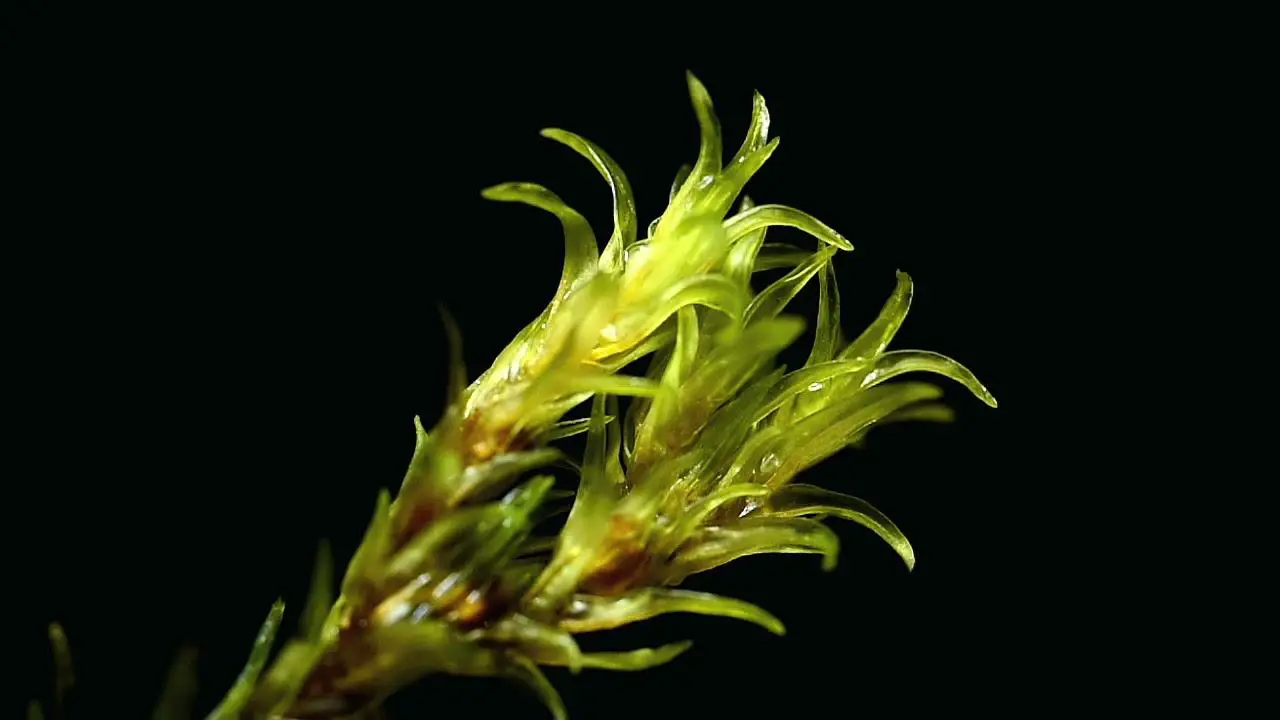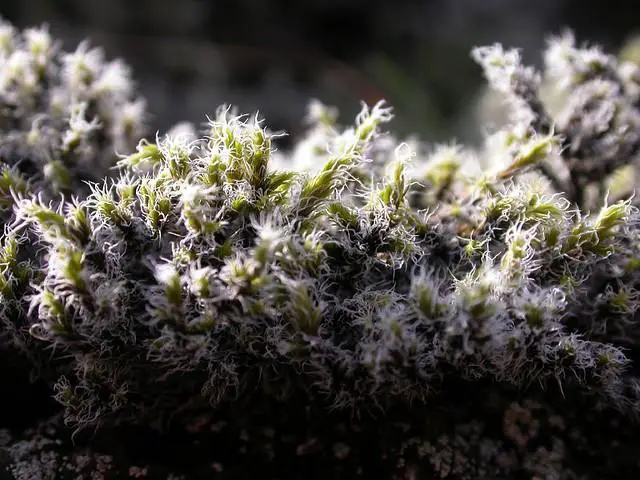
maxresdefault.jpg from: https://www.youtube.com/watch?v=bvNLoBxqZCQ
Introduction
In the vast and captivating world of bryophytes, the Racomitrium laevigatum A.Jaeger moss stands out as a remarkable species within the Grimmiaceae family. Often referred to simply as Racomitrium, this unassuming yet resilient moss has carved a niche for itself across various habitats, playing vital ecological roles and showcasing remarkable adaptations.
Background
Before delving into the intricacies of Racomitrium laevigatum

2816033544_e2578e5d5c_z.jpg from: https://www.flickr.com/photos/erling_olafsson/2816033544
, it’s essential to understand the broader context of bryophytes. These non-vascular plants, encompassing mosses, liverworts, and hornworts, are often overlooked but play crucial roles in ecosystems worldwide. As pioneers of terrestrial life, they have evolved remarkable strategies for survival and reproduction.
Main Content
Morphology and Identification
Racomitrium laevigatum is a acrocarpous moss, meaning its sporophytes (spore-bearing structures) grow at the tips of the upright gametophytes. Its leaves are lanceolate, with a distinctive smooth (laevigatum) surface, a trait that sets it apart from its cousins. The moss forms dense, cushion-like tufts or mats, often adorned with a striking green hue that can transition to reddish-brown tones as it ages.
Global Distribution and Habitat
This resilient moss species has a widespread distribution, thriving in various habitats across the globe. From the temperate regions of Europe and North America to the rugged terrains of Asia and South America, Racomitrium laevigatum has proven its adaptability. It can be found growing on rocks, soil, tree bark, and even in urban environments, showcasing its remarkable ability to colonize diverse substrates.
Ecological Roles and Adaptations
Despite its diminutive size, Racomitrium laevigatum plays crucial ecological roles. As a pioneer species, it contributes to soil formation and stabilization, paving the way for other plants to establish themselves. Additionally, these mosses serve as microhabitats for various invertebrates, providing shelter and sustenance.
One of the most remarkable adaptations of Racomitrium laevigatum is its ability to withstand desiccation. During periods of drought, the moss can enter a state of dormancy, reviving itself when moisture becomes available again. This remarkable trait allows it to thrive in environments where water availability is unpredictable.
Case Studies/Examples
In the Pacific Northwest of North America, Racomitrium laevigatum is a common sight on rocky outcrops and cliffs, forming vibrant green carpets that add a touch of life to the rugged landscapes. Similarly, in the Scottish Highlands, this moss can be found adorning ancient stone walls and boulders, lending a touch of verdant beauty to the region’s rich cultural heritage.
Technical Table
| Characteristic | Description |
|---|---|
| Phylum | Bryophyta |
| Class | Bryopsida |
| Order | Grimmiales |
| Family | Grimmiaceae |
| Genus | Racomitrium |
| Species | Racomitrium laevigatum A.Jaeger |
| Growth Form | Acrocarpous |
| Leaf Shape | Lanceolate |
| Leaf Surface | Smooth (laevigatum) |
| Habitat | Rocks, soil, tree bark, urban environments |
| Distribution | Widespread across temperate regions |
Conclusion
The Racomitrium laevigatum A.Jaeger moss, a member of the Grimmiaceae family, is a true testament to the resilience and adaptability of bryophytes. From its distinctive morphology to its remarkable ability to withstand harsh conditions, this unassuming moss has carved a niche for itself across diverse habitats. As we continue to explore and appreciate the intricate tapestry of life on our planet, the Racomitrium laevigatum serves as a reminder of the beauty and complexity that can be found in even the smallest of organisms. Perhaps the next time you encounter a verdant carpet of moss, you’ll pause and ponder the incredible journey of these ancient pioneers.